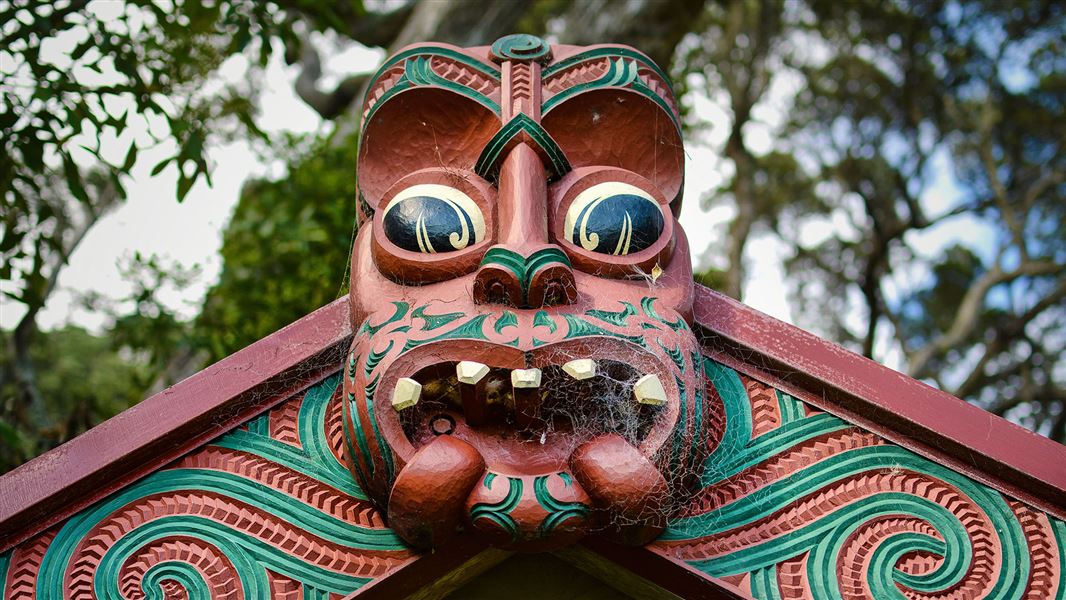Ōhope Scenic Reserve contains steep hill country extending south of the Ōhope escarpment. The reserve forms part of a significant coastal landscape and has outstanding scenic and conservation values. The reserve includes one of the country's largest remaining coastal pohutukawa forests.
Ōhope Scenic Reserve is one of three reserves jointly managed by Te Tapatoru ā Toi.
The reserve is surrounded by land that is used for a variety of purposes including residential, landfill, road reserve and farming. Ongoing management of pest plants and animals in the reserve and on neighbouring private properties is needed to ensure that the health of the reserve is protected and enhanced.
There are four main streams and several tributaries within Ōhope Scenic Reserve, all of which have significant ecological values. The Maraetōtara Stream, for example, has been identified as a habitat for giant kokopu, short-jawed kokopu, short-finned eel, long-finned eel, red-finned bully, torrent-fish, common bully and common smelt. Te Hiku o te Tuna Stream, running adjacent to Ōhope Hill Road and discharging to the coast at Ōhope, contains banded kokopu.
The reserve, a popular walking and running area, is highly valued by the community for its recreational opportunities, and for the outstanding natural and cultural landscape which it provides so close to Whakatāne, Ōhope and the coast.
Ngāti Awa hapu occupied and established early relationships with the Ōhope area. In the late 18th century, Ngāti Hokopu and Ngāti Wharepāia hapu of Ngāti Awa were prominent within the reserve and surrounding areas, and they remain so today.
A number of pā sites near Ōhope Scenic Reserve demonstrate the strong historical associations of Ngāti Awa with the area. Eastwards, near the coast below the reserve, are the two strategic pā called Maungateone and Te Paripari. Further along Ōhope escarpment were Mihi Marino and Raukawarua Pā. There were pā within the reserve area but their names have been lost over time.
Particular stretches of Ōhope Scenic Reserve have their own traditions. East of Otumanu along the cliff face is the path known as Te Ara-aka, which means ‘pathway of the vine’.
Ōhope Scenic Reserve was rich in natural resources and provided an abundance of wildlife, food and medicinal resources for Ngāti Awa hapū. The area’s use is evidenced by the discovery of artefacts along the creek bed of Te Hiku o te Tuna.
Ngāti Awa have always maintained considerable knowledge of the lands of the reserve - their history, traditional trails, places for gathering food and other taonga, and ways in which to use resources. The ethics of sustainable resource management and conservation have always been, and continue to be, at the heart of the relationship of Ngāti Awa with Ōhope Scenic Reserve.
Ngāti Awa representation on the Whakatāne Kiwi Trust and active involvement in animal predator control work on the adjoining Ngāti Awa Farm are two of the many activities that demonstrate the enduring relationship of Ngāti Awa with the Ōhope Scenic Reserve. Revival and expansion of this relationship is important to Ngāti Awa.
